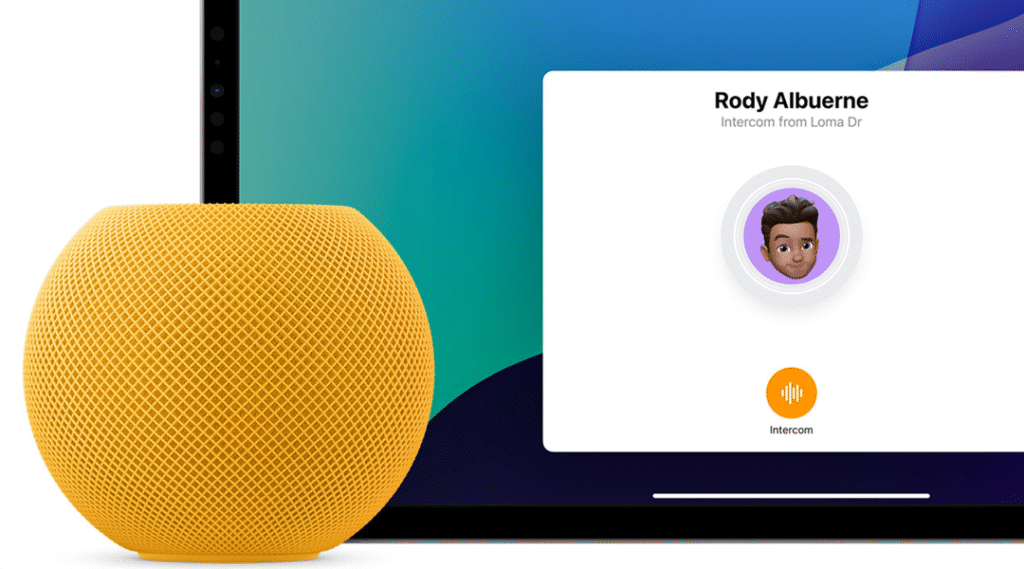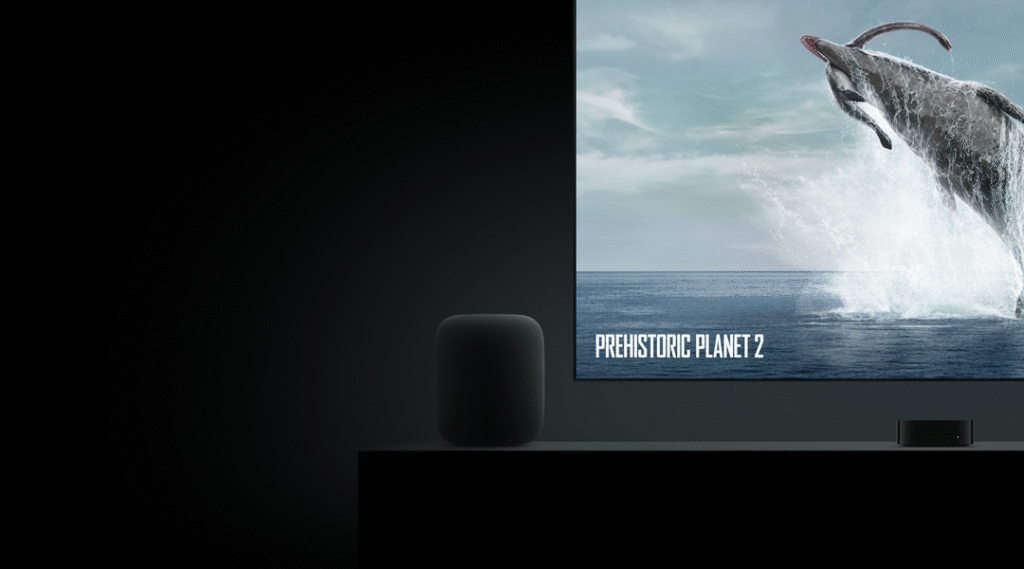Apple’s speaker lineup simplifies into two distinct propositions: the room-filling, high-fidelity HomePod (2nd generation) and the compact, smart-and-social HomePod mini. Both promise tight integration with Apple devices, Siri intelligence, and HomeKit compatibility — but they aim at different roles in the home. Below is a practical, professional comparison to help you choose the right speaker for your needs.
At a glance: what each model prioritizes
The HomePod (2nd generation) targets audiophiles and home-theatre setups. It’s built around a high-excursion woofer, an array of five beamforming tweeters, advanced room-sensing tuning and Spatial Audio support, delivering immersive, full-range sound optimized in real time by Apple silicon. This makes it ideal as a primary living-room speaker or paired for stereo and Apple TV-based home theater.
The HomePod mini is a compact, affordable household hub that punches well above its size. At just 3.3 inches tall, it relies on computational audio driven by the Apple S5 chip, a full-range driver, dual passive radiators and a 360-degree acoustic design. It’s designed for multiroom deployment, kitchen counters, bedrooms, or as a distributed intercom and smart-home control point.
Sound quality and acoustic design
HomePod (2nd gen): This model emphasizes depth and clarity. The large woofer and beamforming tweeters produce deeper bass and precise highs; Apple’s computational tuning and room-sensing aim to preserve dynamic range and place instruments and vocals with spatial accuracy — a clear advantage for music lovers and those wanting a cinematic soundtrack with Apple TV.
HomePod mini: While not in the same sonic class, the mini offers surprisingly balanced and detailed sound for its scale. Computational audio on the S5 chip and force-cancelling passive radiators extend bass and keep the sound balanced at different volumes. The result is “big” sound from a tiny footprint — excellent for casual listening and as part of a multiroom system.
Smart assistant, privacy and home-control
Both speakers use Siri for voice control, automation, and Intercom. The HomePod family integrates tightly with iPhone, Apple Music, HomeKit and supports Personal Requests and voice recognition (HomePod mini supports voice recognition for up to six family members), enabling tailored responses and seamless handoff experiences. Apple emphasizes privacy: requests are associated with random identifiers and data handling is designed to minimize what Apple can access.
Smart-home hub and sensors
The full-size HomePod adds features aimed at smart-home orchestration and environmental sensing: it supports advanced automations, Matter compatibility and includes temperature and humidity sensing for more contextual automations. The mini also functions as a HomeKit hub and supports Intercom and automations, making either model useful as the backbone of an Apple-centric smart home — but the larger HomePod brings additional on-device sensing capabilities.
Practical differences and use cases
- Physical presence: HomePod (2nd gen) — larger, designed for primary listening areas; HomePod mini — tiny and portable.
- Acoustic power: HomePod — deep bass, beamforming tweeters, Spatial Audio; mini — 360° dispersion, admirable bass for size.
- Chip & processing: HomePod uses Apple silicon tuned for computational audio; mini uses the Apple S5 for on-device audio processing.
- Multiroom & pairing: Both support stereo pairing with like models and whole-home audio; mix and match for multiroom setups.
- Smart-home features: Both act as HomeKit/Matter hubs; HomePod adds temperature/humidity sensing and expanded automation options.
- Voice recognition & privacy: Both support Siri and personal requests; Apple emphasizes privacy with anonymized requests.

Which should you buy?
- Choose HomePod (2nd generation) if sound quality matters most — you want a single, authoritative speaker for music and TV, need immersive Spatial Audio, and value advanced room tuning and on-device sensing for smart home automations. It’s the right pick as a living-room centerpiece or for families wanting a premium audio experience.
- Choose HomePod mini if you want a flexible, affordable smart hub for multiple rooms, space is tight, or you plan to deploy several units for multiroom playback and intercom convenience. It’s the practical default for kitchens, bedrooms, and bedrooms, and still delivers strong sound for its size.
Both deliver seamless integration for Apple users
Apple’s two-speaker strategy deliberately splits premium audio from distributed convenience. If your priority is fidelity and home-theater quality, the HomePod (2nd generation) justifies its larger presence. If you want affordable, versatile coverage with Apple’s smart-home smarts, the HomePod mini is hard to beat. Both deliver seamless integration for Apple users, so the best choice depends mainly on where the speaker will live and how you listen.
More articles for the similar topic:
Choosing Between Size and Sound: Nest Mini vs Nest Audio
Are the Ray-Ban Meta Wayfarer Gen 2 AI Glasses the Right Products to Buy?
iPhone 16 vs. iPhone 17: Is the Upgrade Really Worth It?
Should NVIDIA IGX Orin Be the First Choice for Enterprise Edge AI?
Is the 2025 BMW X3 xDrive30 a Smart Buy? A Clear and Practical Look
As for in-depth insight articles about AI tech, please visit our AI Tech Category here.
As for in-depth insight articles about Auto Tech, please visit our Auto Tech Category here.
As for in-depth insight articles about Smart IoT, please visit our Smart IoT Category here.
As for in-depth insight articles about Energy, please visit our Energy Category here.
If you want to save time for high-quality reading, please visit our Editors’ Pick here.



